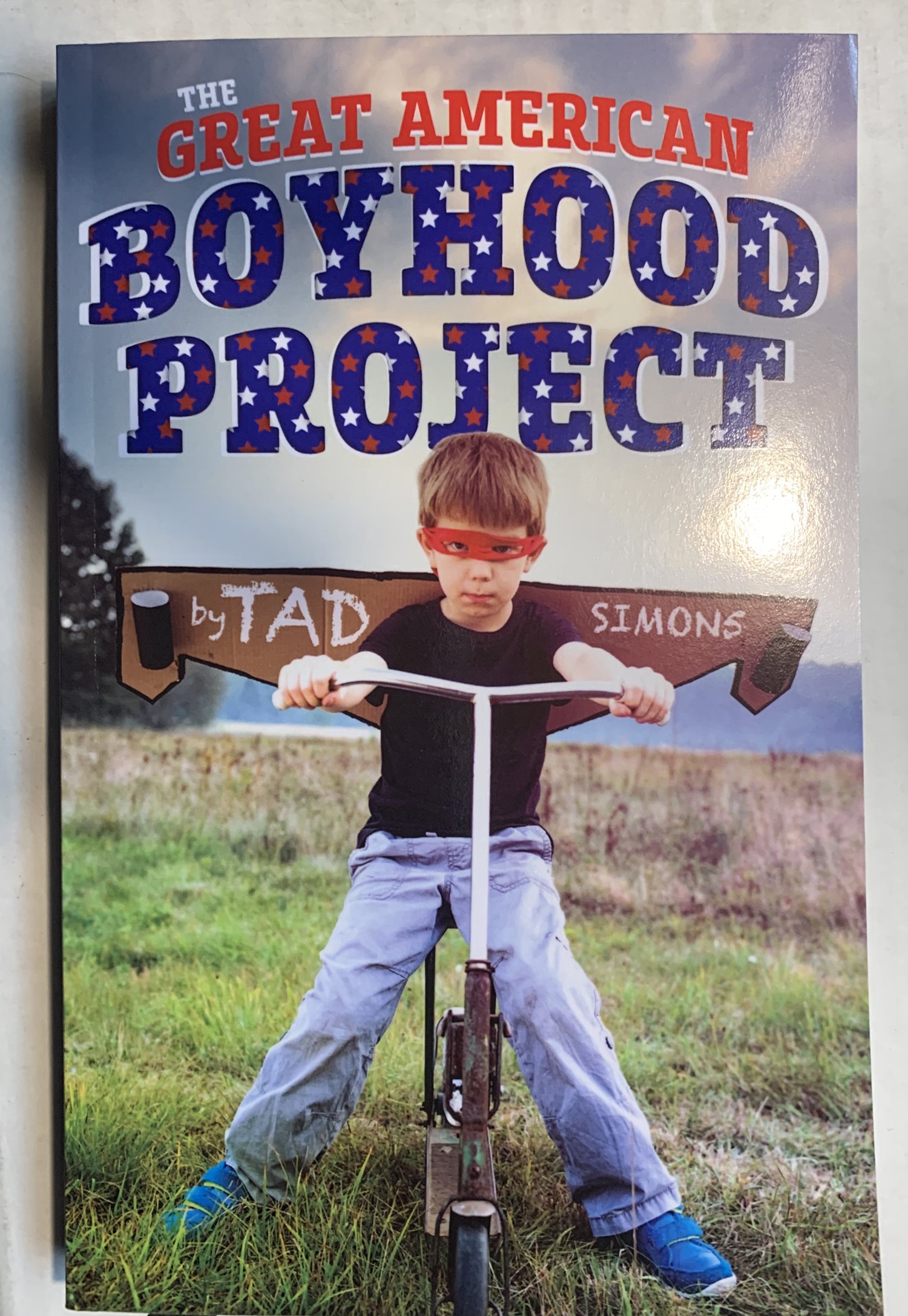Today’s topic is a serious one: the relationship between art and mental illness. If you look at history (and I have looked at it more than once), you’ll find that a huge majority of the world’s masterpieces in art, literature, theater, and music were created by people who had some sort of mental illness. An essential part of the creative process, it seems, is losing your marbles, then wasting a few years wondering what marbles are and why it matters whether you can find them again or not.
The question no one asks is, if so many of the world’s great works of art, literature, and music are the by-product of mental illness, why does anyone pay attention to them? Society doesn’t value anything else mentally ill people do, so why should we care about the scrawls and scribbles and squeaks of a bunch of mental misfits?
Once the question is asked, the answer is obvious: We absolutely should NOT care.
After all, isn’t it alarming to think that so much great art has been (and continues to be) created by people who are, to use the clinical term, bat-shit crazy? Furthermore, what does it say about a society when the ravings of a lunatic are preferred over the sensible fact-finding of the local newspaper? How did it come to pass that the straightforward prose of a plumber’s manual is viewed as inferior to the addled ramblings of a schizophrenic poet? And why does a self-mutilating depressive like Vincent Van Gogh get so much attention when my Aunt Charlotte—as cheerful and amiable a doodler of flowers as there ever was—can’t even get gallery owners to return her phone calls?
Once the veil is lifted, it’s impossible not to see how society is being corrupted and poisoned by the mentally ill. Museums and bookstores everywhere are filled with the by-products of their diseased brainpans. This means that millions of people each year are exposed to mental illness, and, because mental illness can be contagious, many of these people become mentally ill themselves.
The signs of mental-illness exposure are everywhere, if you know what to look for: People who have a sudden appreciation for the “beauty” of the natural world; children who start asking questions about “racial equality” and “fairness”; people who are insufferably tolerant of other people’s religious practices and beliefs; a spontaneous interest in alternative “perspectives”; a bizarre level of empathy for people one doesn’t personally know; adults who don’t follow professional sports; sudden cravings for non-American food; a desire to attend gallery openings and art fairs; believing that public sculptures foster “community,” “respect,” and “understanding”; people who sing on the bus; the wearing of wacky outfits for no practical reason; laughing at irony; decorating one's desk space to make it look more "creative"; quitting a job to go do something more "meaningful"; getting a tattoo. The list goes on.
The point is, this whole disgusting mess is the result of people being unwittingly exposed to mental illness through the irresponsible distribution of art, literature, and music in our society, particularly in our museums and schools. Clearly, something must be done.
That’s why I am drafting a Congressional proposal to have all the artwork in the nation’s museums removed and re-evaluated for indications of mental illness. I am also proposing that all the books in our public libraries be re-catalogued according to the mental stability of their authors, and all the music polluting our nation’s airwaves and Internet streams silenced until the mental fitness of all the musicians involved can be evaluated, and every one of them tested for consumption of illegal drugs, subversive literature, or any other form of mental contraband.
It may take some time, but cleansing the nation of this plague is essential if we want to live in a saner, more reasonable world. Please, join me in the fight to restore mental health as the cornerstone of American democracy.
Vote Trump in 2016!
